I'm fairly new to spring so excuse me if this is a dumb question. When I try to launch a program I get the following error: java.lang.IllegalArgumentException: Could not resolve placeholder 'appclient' in string value [${appclient}]. The error is thrown when the following code is executed:
package ca.virology.lib2.common.config.spring.properties;
import ca.virology.lib2.config.spring.PropertiesConfig;
import org.slf4j.Logger;
import org.slf4j.LoggerFactory;
import org.springframework.beans.factory.annotation.Value;
import org.springframework.context.annotation.Configuration;
import org.springframework.context.annotation.Import;
import org.springframework.context.annotation.PropertySource;
@Configuration
@Import({PropertiesConfig.class})
@PropertySource("${appclient}")
public class AppClientProperties {
private static final Logger log = LoggerFactory.getLogger(AppClientProperties.class);
{
//this initializer block will execute when an instance of this class is created by Spring
log.info("Loading AppClientProperties");
}
@Value("${appclient.port:}")
private int appClientPort;
@Value("${appclient.host:}")
private String appClientHost;
public int getAppClientPort() {
return appClientPort;
}
public String getAppClientHost() {
return appClientHost;
}
}
A property file called appclient.properties exists in the resources folder with the information for host and port. I'm not sure where the "${appclient}" is defined, if it is at all. Maybe it is not even defined and that is causing the problem. Do I need to change the "${appclient}" to something like "{classpath:/appclient.properties}" or am I missing something else?
